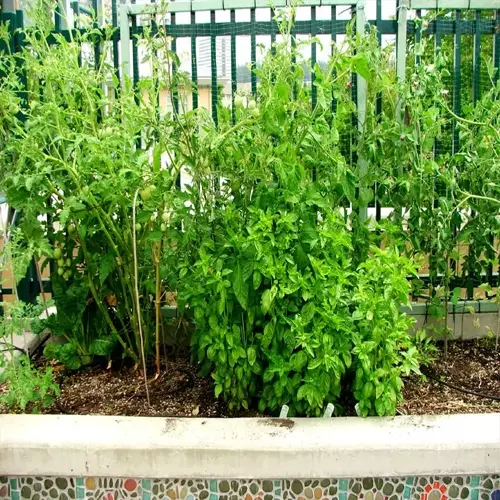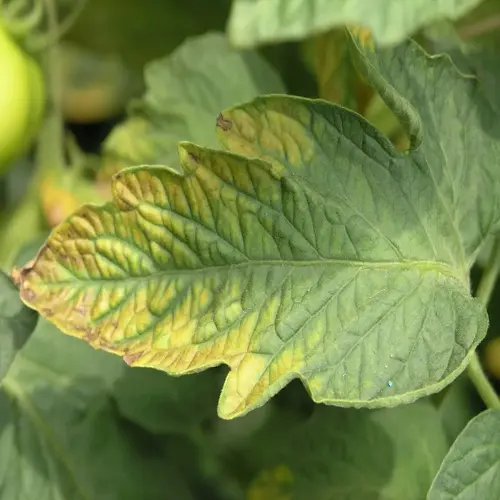How do I prepare soil for water conservation?

Written by
Paul Reynolds
Reviewed by
Prof. Samuel Fitzgerald, Ph.D.Soil preparation is the first step in successful water-efficient gardening. Compost addition increases moisture retention in any soil. Cover crops create essential organic matter in the off-seasons. I changed my sandy soil, and now I water half as often. With proper preparation, gardens can be drought-tolerant with little weekly irrigation.
Utilize cover cropping wisely in between growing seasons. Legumes, such as clover, fix nitrogen while building organic matter. Cereal rye grows deep roots and breaks up hard layers of soil. My winter cover crop mix increased water infiltration by 40%. Terminate crops before seeding. Turn green matter into soil for its best effect.
Initial Improvement
- Test soil pH and nutrient levels before amendment
- Incorporate 3-4 inches of compost across entire planting area
- Install permanent walkways to prevent compaction
- Apply gypsum to clay soils for better structure
Ongoing Maintenance
- Reapply 1-2 inches of compost annually
- Plant cover crops during dormant periods
- Use mulch to protect soil structure
- Avoid tilling to preserve soil microbiology
Steer clear of compaction by never working wet soil. Wait until the soil crumbles in your hands before digging or planting. My moisture meter helps me know when the soil is ready. Broadforks will aerate the soil without compromising its structure (as opposed to using tillers). Use raised bed gardens in heavily trafficked areas to protect the growing regions from damage.
To achieve maximum water absorption, it is best to maintain pH levels in the range of 6.0 and 7.0. Lime is used on acidic soils, and sulfur is applied on alkaline soils. Every spring, I use inexpensive kits to test the pH of my garden. When the proper pH is maintained, nutrients dissolve and are utilized by the soil moisture to develop healthy roots to access water efficiently.
Introduce these methods incrementally, starting with soil testing and compost. With each passing season, your garden's water efficiency will increase. And soil preparation, followed by the development of naturally adapted, healthier, and more productive plants, will naturally enable them to use less water.
Read the full article: 10 Essential Water Conservation Gardening Tips

